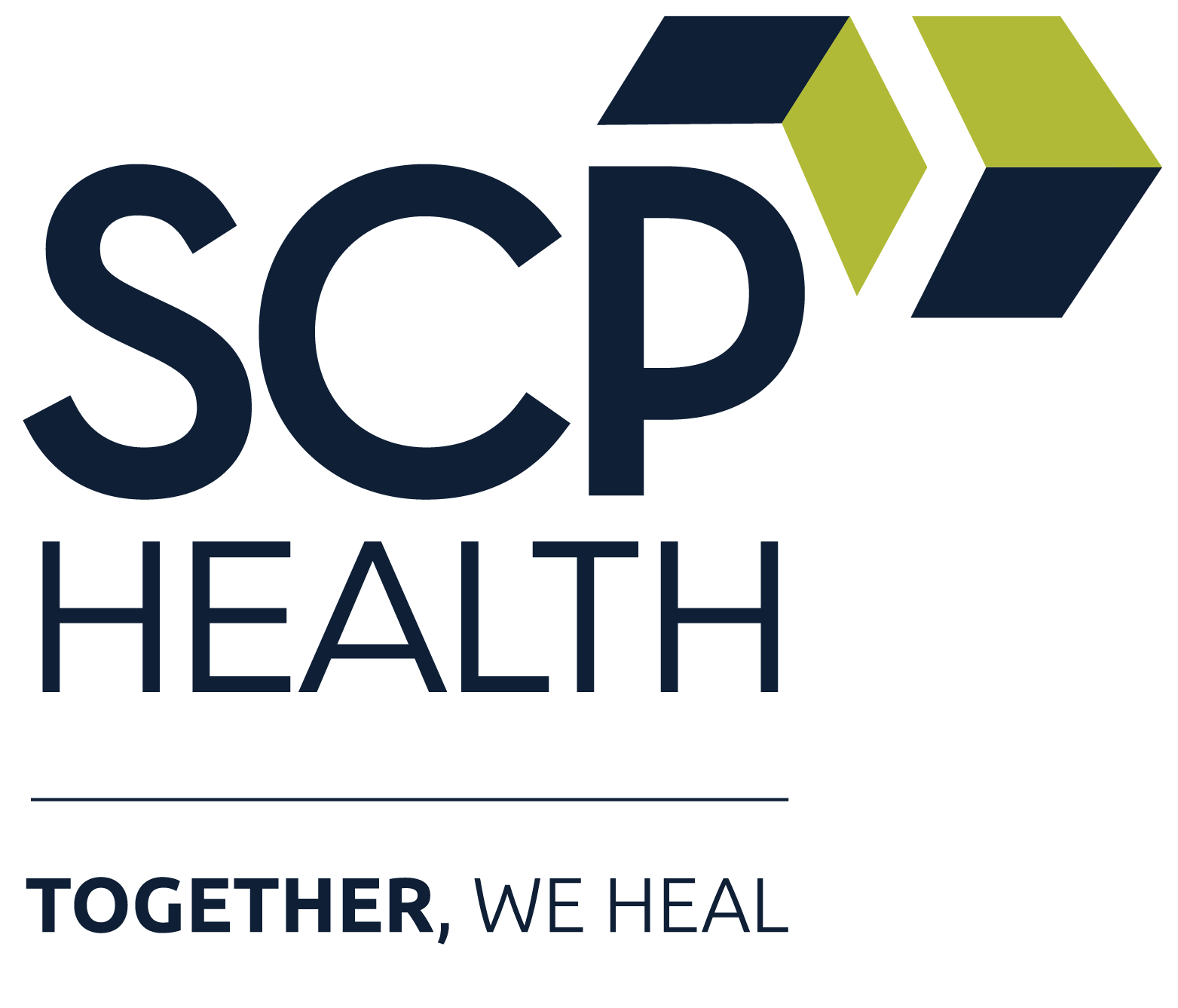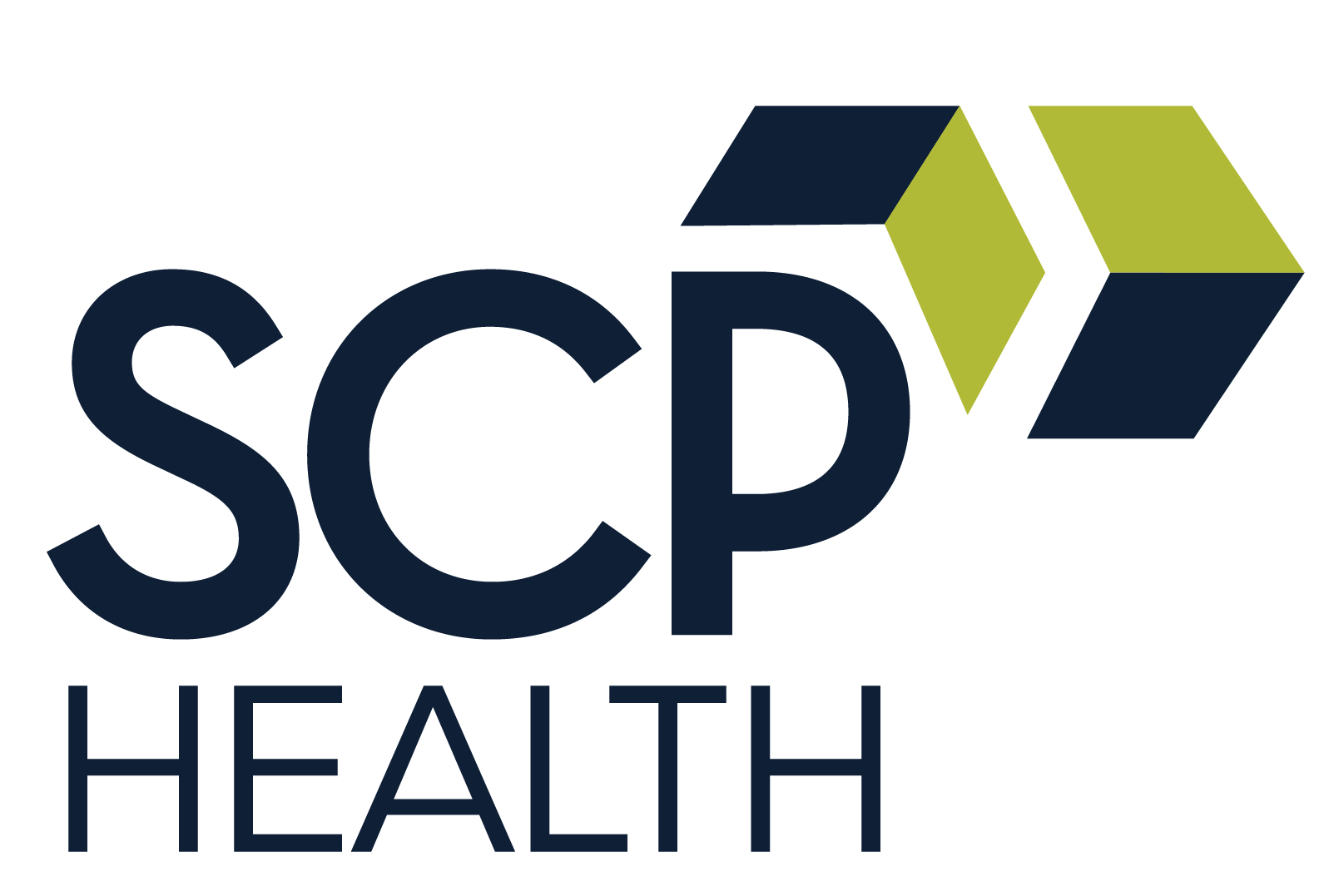Switching physician groups offers health systems an opportunity to enhance patient care, improve hospital efficiency, and increase clinician support. While the process involves careful consideration and strategic planning, it presents multiple options for addressing long-standing challenges to hospital operations.
A proactive approach to transitions can lead to significant improvements in patient outcomes and satisfaction when they are managed with a focus on continuity of care, retention of skilled clinicians, and the seamless integration of best practices supported by innovation.
Four key factors of transitions
Successful transitions identify and must address four main factors.
The first is to maintain continuity of care. Any gap in treatment can lead to adverse health outcomes, especially for patients with chronic conditions or those requiring long-term follow-up care. Additionally, if there is a significant amount of clinician turnover, it could disrupt the rapport and trust built between patients and their previous care team.
Second, hospital leaders must address clinician retention, especially the expected uncertainty among clinicians about job security and future opportunities. This uncertainty can lead to the departure of key staff, creating knowledge gaps and further complicating recruitment efforts for the incoming group.
Third is minimizing operational disruption, which occurs as new physician groups integrate into the hospital’s existing infrastructure. Onboarding new teams require careful attention to logistical details, from credentialing and training to aligning with hospitals’ quality goals, protocols, and technology systems.
Finally, it is critical to manage risks to patient perception and satisfaction. Patients may feel uneasy about a change in their care providers, which could impact their overall experience and satisfaction with the hospital.
The character of a seamless transition
Proactive and comprehensive planning, combined with proven methods, are critical for a smooth handover. Every hospital and health system will have its unique circumstances, but in general, there are clear components to what makes for a seamless transition that improves patient care.
Reaching alignment on expectations, goals, and governance
Gaining alignment may be one of the most common goals in health care—yet nowhere is it more important than during a transition. Hospital leaders can start by conducting comprehensive operational assessments to identify the service line’s strengths and areas for improvement. These assessments offer insight into the current clinical landscape, helping teams understand the goals for quality performance, clinician satisfaction, and financial sustainability.
Once a shared understanding of the clinical landscape is established, both groups should set clear and measurable joint goals for the transition. This includes aligning expectations around care quality, clinician satisfaction, and fiscal sustainability. Early agreement on these priorities will guide decision-making and enable both groups to work collaboratively toward achieving these goals.
To maintain momentum, implement regular post-implementation meetings that bring together key stakeholders to discuss progress, celebrate successes, and proactively tackle challenges. This collaborative approach fosters a culture of continuous improvement and keeps both groups focused on the common objective of delivering exceptional patient care.
Preparing for optimal staffing coverage
A well-planned transition hinges on maintaining optimal staffing levels to ensure consistent patient care. Hospital leaders must build a complete understanding of the hospital’s acuity levels, patient volume, and community culture. This knowledge helps design accurate scheduling and staffing needs that align with patient demand and clinical expertise.
Of course, every transition should have a retention strategy firmly in place as early as possible to minimize clinician turnover during the process or eliminate it altogether. Early and clear communication with existing clinicians can be paired with incentives and opportunities for growth.
Finally, hospital leaders should conduct detailed roster reviews to identify recruitment needs and map the best path to securing the right clinicians to fill any gaps.
Clear communication of processes and procedures
Early, effective, and clear communication cannot be stressed enough.
Transitions should begin with a well-thought-out communication plan, providing clinical teams with ample opportunities to ask questions and receive clear, transparent answers. During these discussions, hospital leaders should take the initiative to address any concerns and emphasize the collaborative effort required to uphold and enhance quality care standards throughout the organization.
Meanwhile, the transition should engage directly with local clinical teams, in coordination with local and regional leadership, to understand the unique needs of patients, clinicians, and the community. This will ensure that any procedural changes align with the hospital’s overarching goals and local culture. Providing staff with comprehensive resources and guidelines helps to facilitate a smooth onboarding process.
Initiation of regional and national resources
Finally, regional and national resources will ideally be leveraged to bolster the transition process. This means developing and providing a detailed clinical playbook that merges national, evidence-based best practices with the unique needs of each hospital. National and regional groups can offer access to coaching and mentoring from leadership and create open communication channels to provide support whenever needed.
Additionally, technical teams should work to ensure alignment and smooth integration with hospital processes and procedures. A seamless transition also involves building awareness of newly available resources, such as documentation support teams, continuing medical education (CME) opportunities, and clinical reference tools like UpToDate.
Better transitions lead to better outcomes
First impressions matter, and how you start a partnership is often how you finish. Thus, effective transitions between physician services groups set the tone for how care is delivered and received. Thoughtful planning, clearly designed with specific patients, clinicians, and communities in mind, fosters trust and builds a strong foundation for long-term success.
Transitions focused on minimizing impacts for patients and clinicians create a culture of respect, quality, and patient-centric care. Spending extra time and care during the transition process leads to faster adoption of new ideas and more rapid performance improvement.






